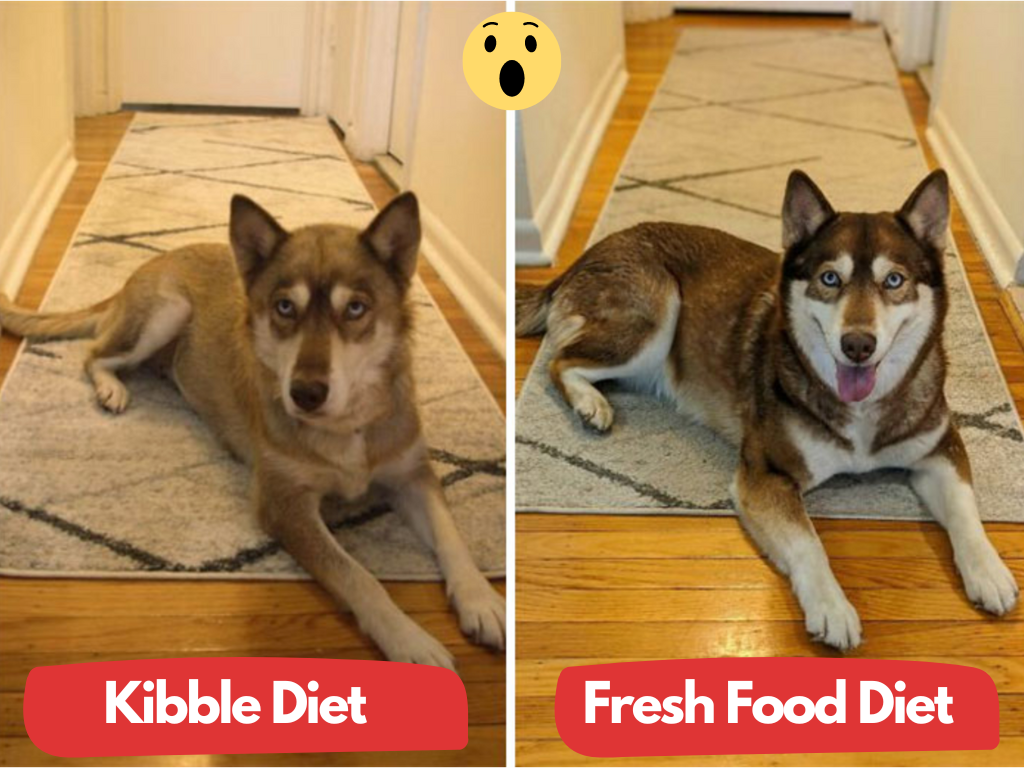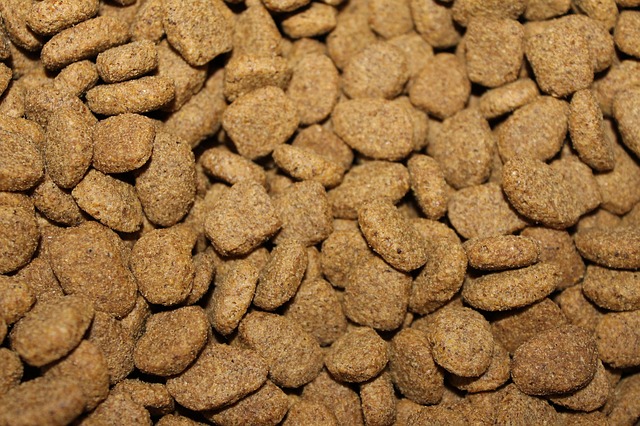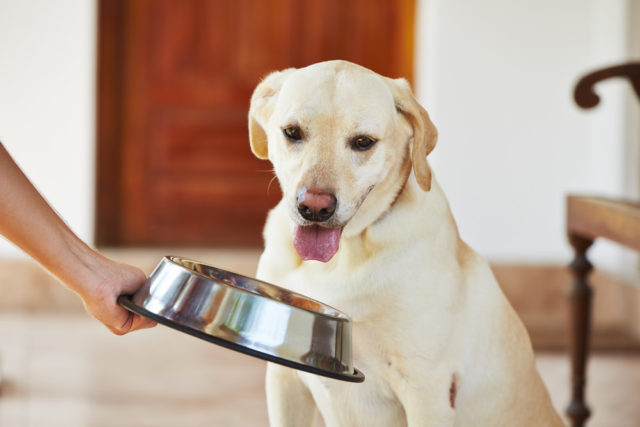iHeartDogs is reader-supported. When you buy via links on our site, we may earn an affiliate commission at no extra cost to you.
If you love your dog (and we know you do), you might want to start thinking about their food the way you do your own. Do you wonder why every piece of kibble is the exact same shape? Are you curious how kibble can sit in a pantry for so long without going bad? Do you ever think about how kibble is affecting your dog’s health? Just like with human food, not all dog food is created equal.
If you’re a curious pet parent who has questions about kibble, keep reading to learn four things you didn’t know about kibble. Plus, find out an option that may work better for you and your dog.

4 Things You Might Not Know About Kibble
1. How Kibble is Made
Many people have eaten their fair share of chicken nuggets, but they’re rarely a daily meal. That’s because the meat is often of questionable quality and is ground up into a paste formed into chicken nugget shapes for baking. Even though they’re tasty and convenient for many of us, we know we wouldn’t feel our best if we ate them every day.
Kibble and chicken nuggets are not all that different. Yet, most pet parents don’t think twice about feeding kibble to their dogs every day for their entire lives.
When kibble is made, raw meats, vegetables, carbs, and fillers, are mixed to make dough. Hot water or steam is applied at extremely high temperatures, which ‘cooks’ the dough. Extreme heat and pressure zap the moisture and nutrients out of the meat and other ingredients in your dog’s kibble.
The dried brown bits of kibble are initially unappetizing to dogs, so companies may spray the food with animal fats to make it palatable. Vitamins are added to try to make up for what was lost during the cooking process, and artificial colors (such as caramel) and preservatives are sometimes added to make sure the food looks ‘good’ to the humans buying it. By the time it’s done, it’s far removed from the whole ingredients originally used.
Related: Nom Nom vs Farmer’s Dog Fresh Dog Food Comparison

2. What Ingredients Go into Kibble
If you’ve read exposés on taco meat and hotdogs, you know that regulations on what counts as ‘meat’ in human food can be flimsy or suspicious. Knowing that, do you think it’s any better for dog food regulations?
What counts as a meat source in dog food can range. Whole, ground carcasses may be used, along with animals that are sick, diseased, or dying. Vegetables are usually limited to whatever is cheapest. Even if expensive superfoods are used, their nutrients are unlikely to survive the high-heat processing anyway. So, kibble contains a lot of carbs because they bulk things up and provide body to the dough.
Vitamins are added to many dog foods to compensate for those lost during cooking. However, not all vitamins are created equal. Unstated vitamin sources are often a sign that synthetic vitamins are used, typically sourced from China. If your dog is fed synthetic vitamins that they’re unable to process, the side effects can include malnutrition and vitamin deficiencies.
The bottom line? The ingredients in some kibble brands are low-quality, synthetic, and possibly from diseased sources.
3. How Kibble Impacts Health and Wellness
Poor quality kibble is like any unhealthy diet. It opens your dog to long-term health risks that are becoming increasingly hard to deny. Do you ever wonder why so many dogs are overweight or obese at a young age, or why food allergies are so high? Could low-quality kibble be the cause?
Many ingredients in kibble have been linked to a range of concerns, and research has shown the benefits of alternative diets, such as fresh food, in reducing health problems. This TedxTalk by Rodney Habib does a great job of exploring the correlation of kibble and other processed foods to shortened life spans in dogs.
Related: 11 Best Dog Foods for Allergies

4. Is Your Vet a Nutrition Expert?
Many of us rely on a veterinarian to recommend food for our dogs. Veterinarians focus on a range of topics in veterinary school, and nutrition is part of that. In many cases, vets are a great source for recommending dog food, but it depends on the individual veterinarian.
Veterinarians who are passionate about nutrition can acquire an additional degree to earn the title of ‘Veterinary Nutritionist.’ There are only 100 veterinarians with this additional qualification in the entire United States, and you can find the full list here.
Is your veterinarian a Veterinary Nutritionist? If so, you should absolutely take their guidance on the right diet for your dog. If not, they can still offer beneficial information for your dog’s diet, but you may get better advice by also talking to a Veterinary Nutritionist.
While veterinarians generally care deeply for animals, they may not have the resources available, or even the time, to adequately assess all dog foods on the market. After all, the frequent recalls and health scares in the dog food market can be downright confusing.
Related: Top 13 Dog Food Brands Without Recalls
So, What’s a Good Alternative to Kibble?
Food that isn’t cooked using high heat often offers more nutrition to your dog. Wet food, freeze-dried raw food, dehydrated food, and fresh food may all be options to consider, but every type of dog food has its pros and cons. Consider which one is best for your dog and talk to a dog nutrition expert for help.

 Toledo, United States.
Toledo, United States.